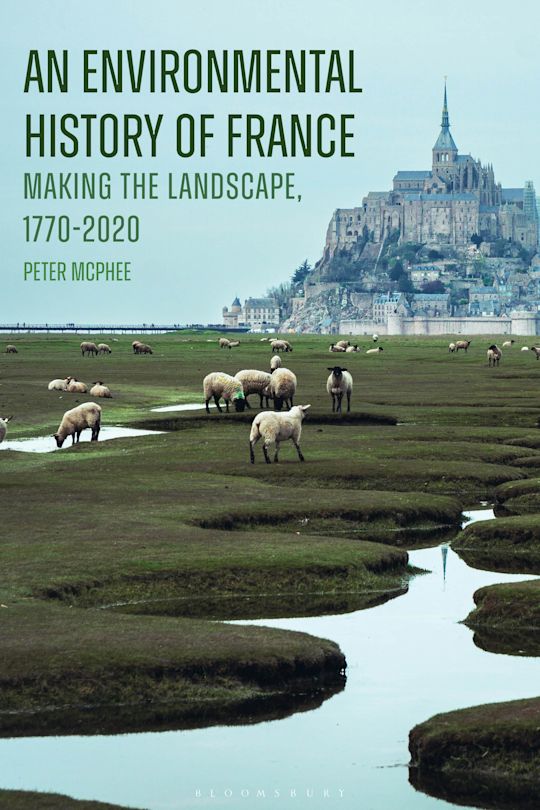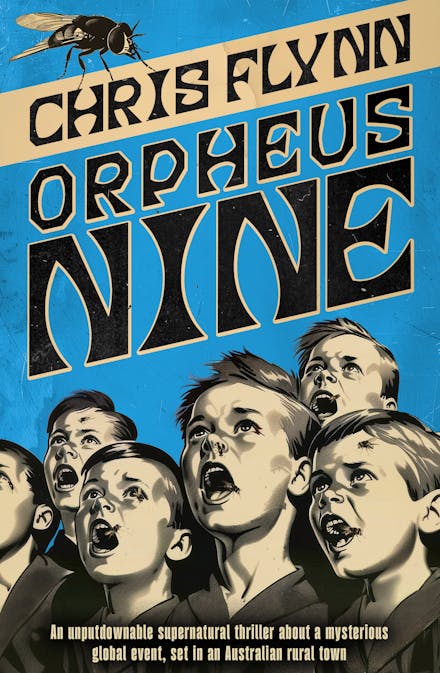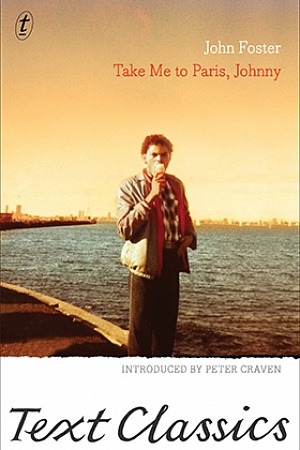Language
‘A new garment throughout’
The future of dictionaries in the digital age
by Sarah Ogilvie •
We are on the verge of another revolution in dictionary-making. Since the seventeenth century there have been three major revolutions in lexicographic practice. In 1604 Robert Cawdrey produced the first monolingual English dictionary, which was – radically – arranged alphabetically. In the middle of the eighteenth century, Samuel Johnson employed literary citations to illustrate the meaning of the words in his dictionary. And in the nineteenth century, James Murray began to produce the first great historical dictionary, tracking the use of a word over time, and extended the making of dictionaries beyond his Scriptorium of lexicographers working in Oxford by calling on contributions from around the globe. This was an enormous undertaking, and the first edition of the Oxford English Dictionary (OED), begun in 1859, was not completed until 1928 (the second edition followed in 1989, and the third edition, published quarterly online, was begun in 2000).
Continue reading for only $10 per month. Subscribe and gain full access to Australian Book Review. Already a subscriber? Sign in. If you need assistance, feel free to contact us.














Leave a comment
If you are an ABR subscriber, you will need to sign in to post a comment.
If you have forgotten your sign in details, or if you receive an error message when trying to submit your comment, please email your comment (and the name of the article to which it relates) to ABR Comments. We will review your comment and, subject to approval, we will post it under your name.
Please note that all comments must be approved by ABR and comply with our Terms & Conditions.